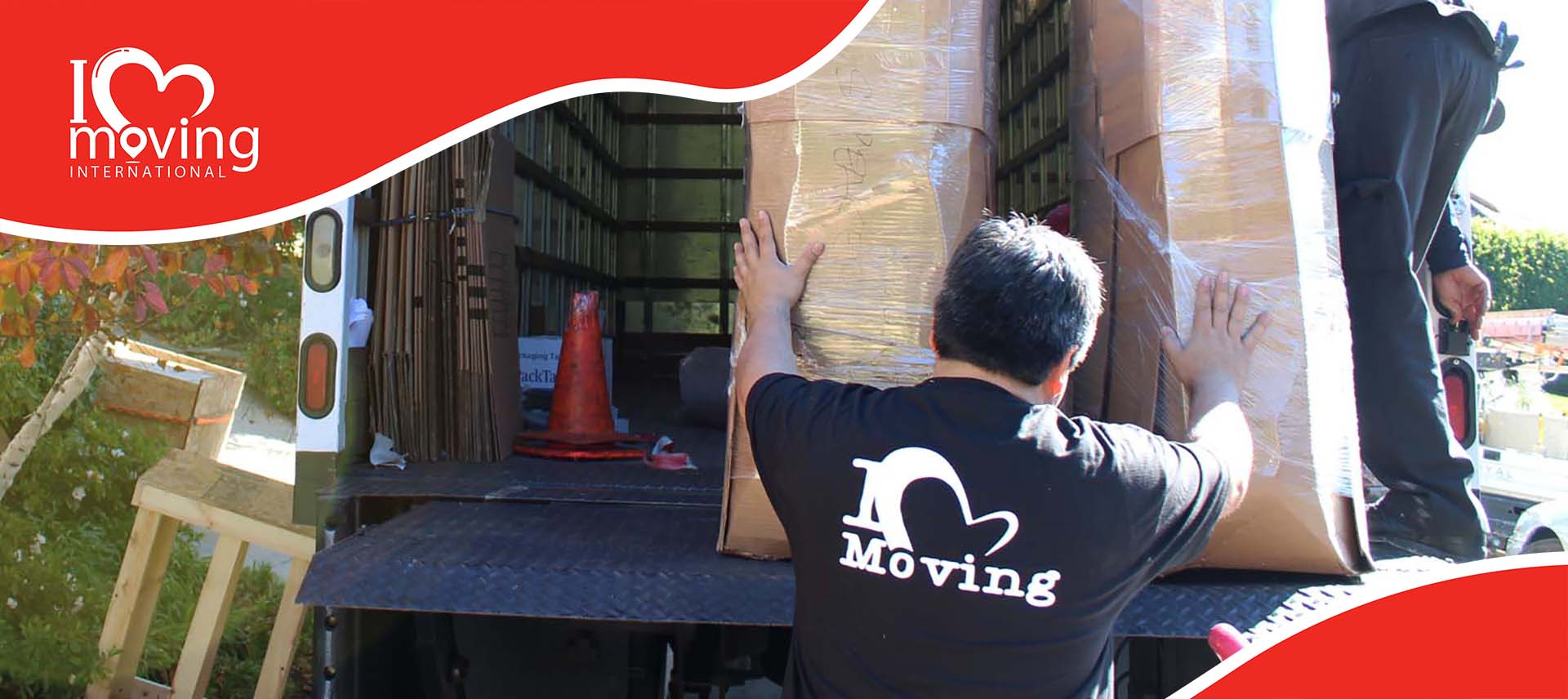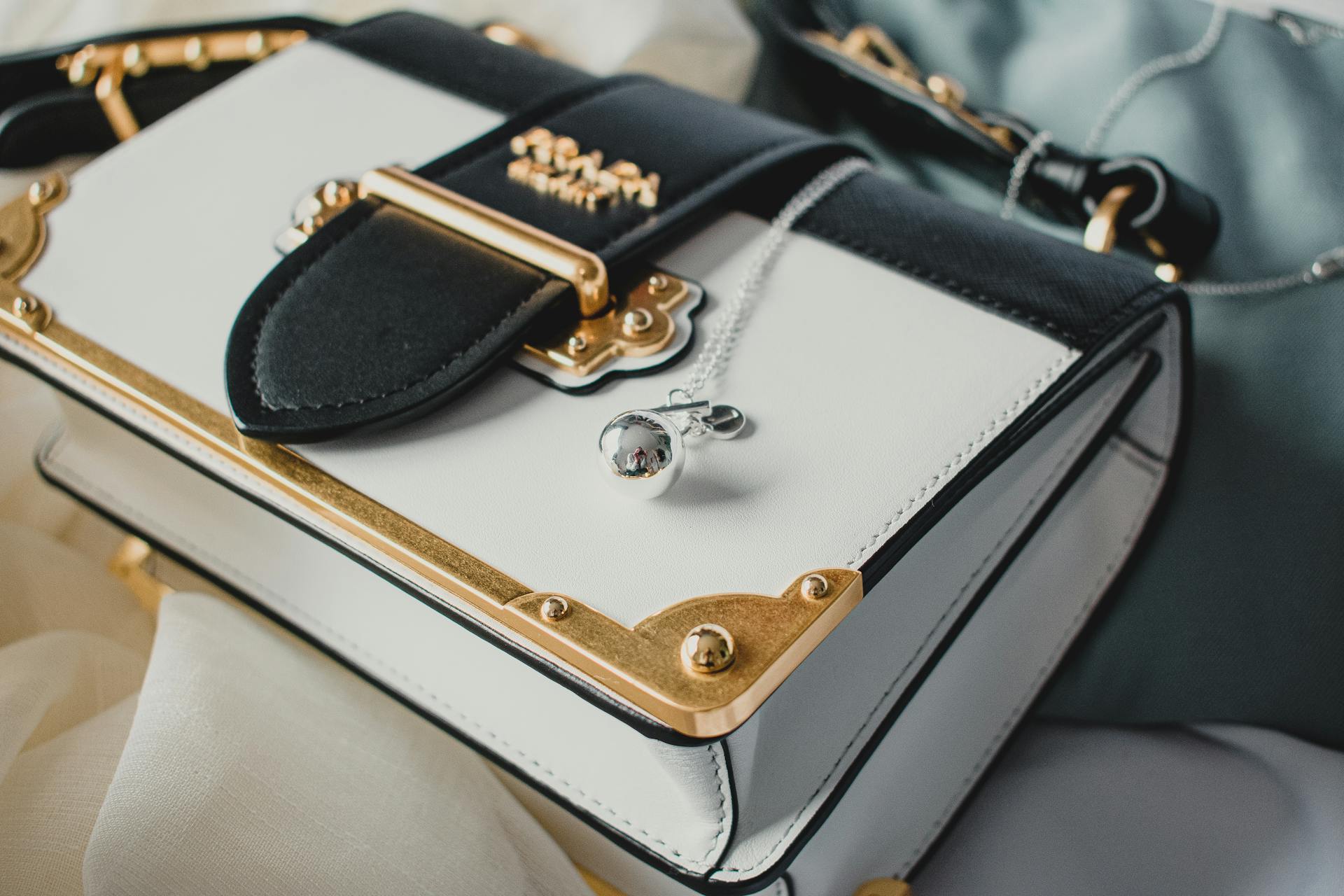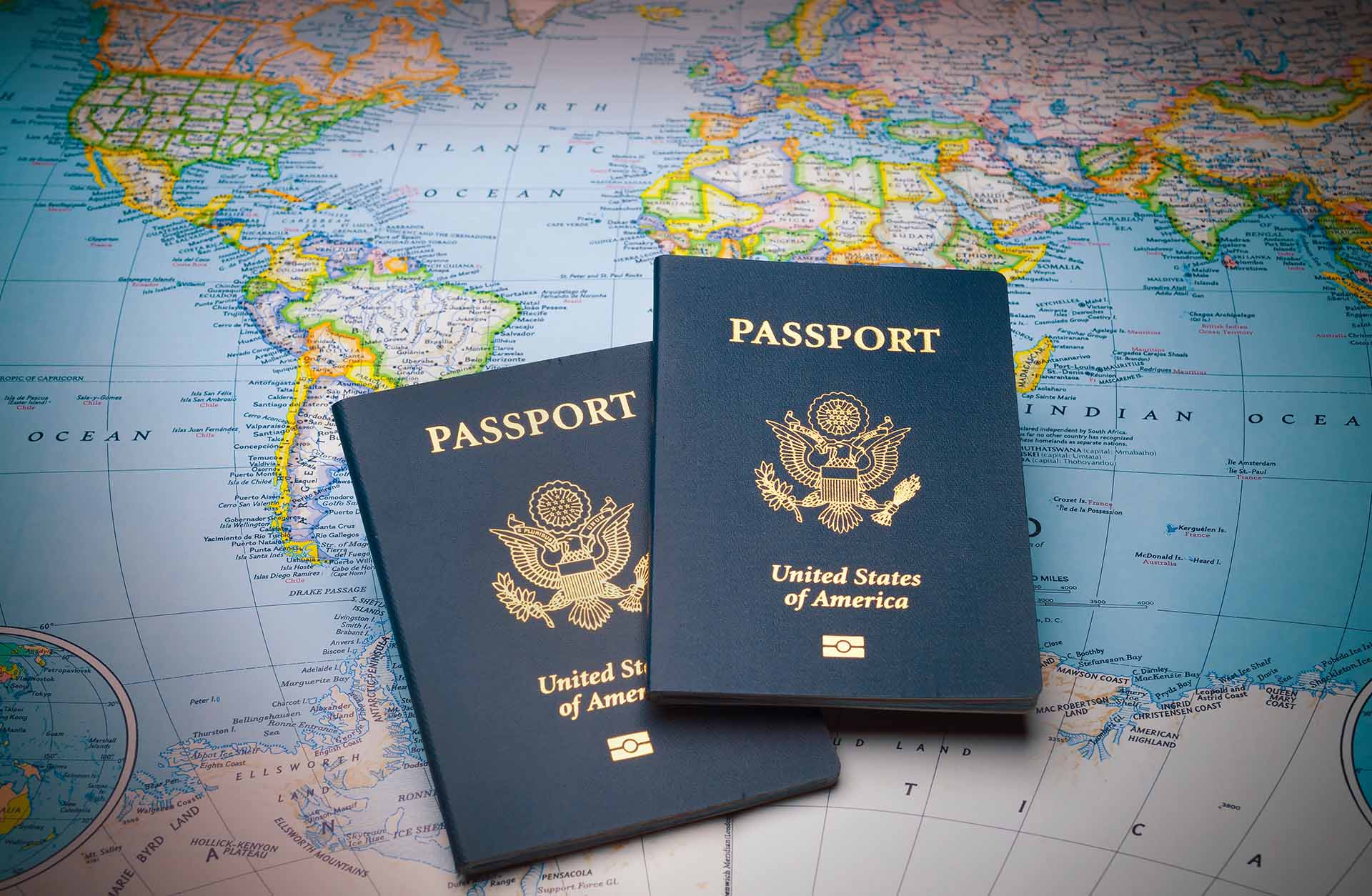Embarking on an international move requires careful planning, especially when it comes to safeguarding your precious kitchenware. Knowing how to pack utensils for moving can save you from unnecessary stress and potential damage during transit. In this comprehensive guide, we’ll walk you through step-by-step instructions and valuable tips to ensure your forks, spoons, and knives reach their new destination safe and sound. Let’s begin the journey to a worry-free relocation!
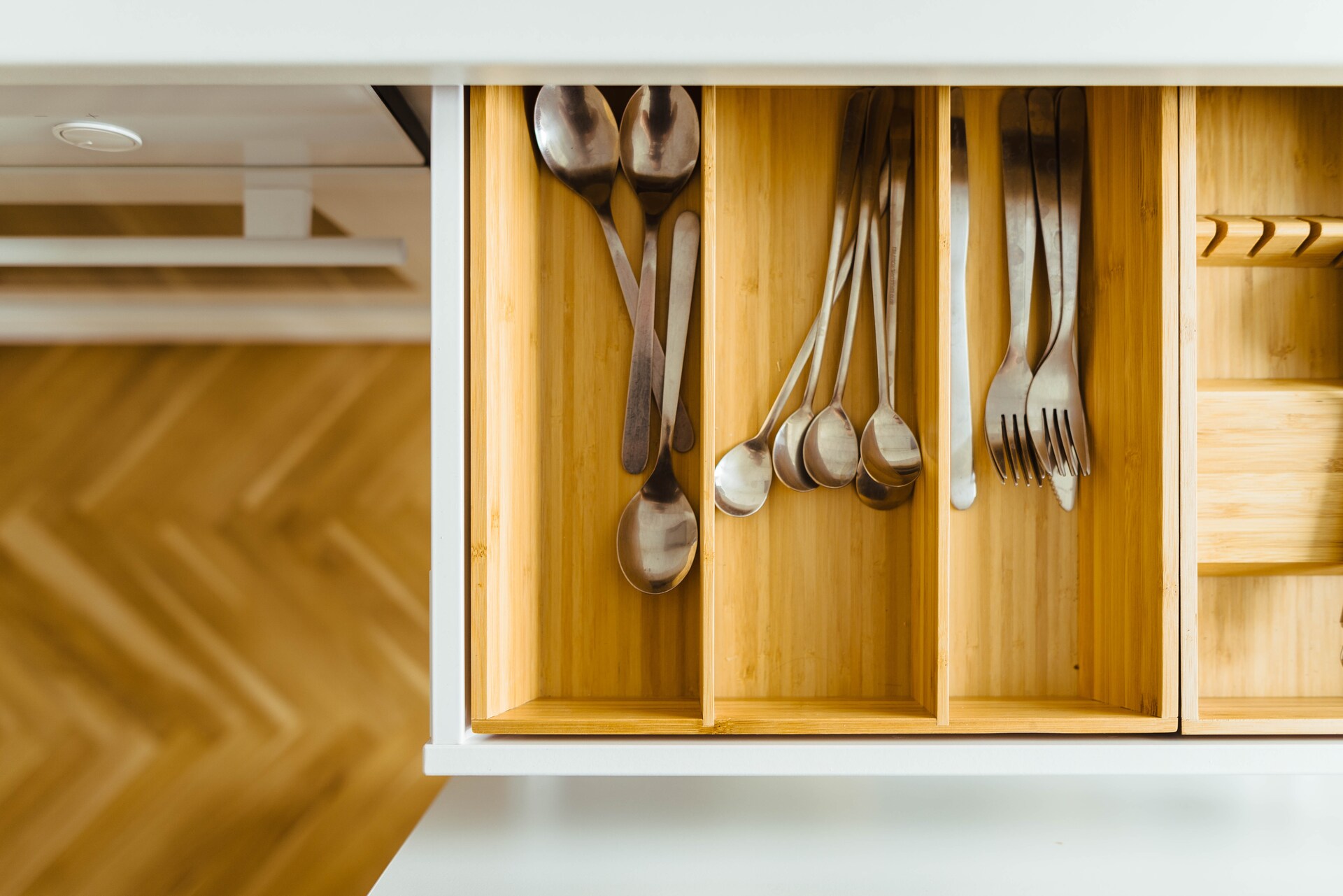
When moving abroad, packing utensils requires careful attention to ensure their safe arrival. First, gather suitable packing materials. Organize them by type and size, wrapping them individually to prevent scratching or chipping. Utilize dividers or packing peanuts to keep items secure within the boxes. Remember to label the boxes clearly for easy identification upon arrival. Happy packing and safe travels!
How to Pack Utensils for Moving – Start With Sorting and Decluttering
When you plan the relocation and face the prospect of moving abroad for the first time, handling your kitchenware, particularly utensils, requires a systematic approach. Begin by sorting and decluttering your utensil inventory. Assess each item’s condition and functionality, determining which ones to keep, donate, or discard.
Let go of duplicates, damaged pieces, or items you seldom use to streamline your moving essentials. Also, consider the compatibility of your utensils with the new country’s cuisine and culture. Embrace the opportunity to adapt and incorporate local culinary traditions into your kitchen. This process ensures that you’ll only bring along what’s truly valuable.
Minimizing the Number of Utensils Is a Must
Downsizing your kitchenware collection becomes a crucial step in ensuring a seamless transition. Think of it as an opportunity to curate your culinary toolkit with creativity and efficiency.
Streamlining your utensils to focus on essential and versatile items is key. Keep those trusty chef’s knives, multipurpose tongs, and reliable spatulas that have been your cooking companions through thick and thin.
Bid farewell to duplicates that have been hiding in the depths of your drawers and those seldom-used gadgets that might not suit your new culinary landscape. Donating or discarding these items can be a heartwarming process, knowing they will find a new home through organizations like The Salvation Army or Goodwill.
By knowing what to keep as well as what not to pack, you’ll create room for new experiences, tastes, and the delightful flavors that await you in your new home. For ideas on how to declutter efficiently, check out the video below.
Clean and Prepare Utensils
Before you organize packing to move, it’s essential to start with a clean slate. Incorporating move-out cleaning into your moving checklist is vital, especially when moving overseas. Begin by tackling your items with dedication and care.
Thoroughly clean everything. After washing, ensure the belongings are completely dry to prevent rusting during transit. A foolproof tip is to let them air-dry for a sufficient amount of time before packaging. By doing this, you can embark on your international journey with confidence and culinary prowess.
Thoroughly Clean All Utensils
As the time to move and settle in a new city approaches, it’s essential to dedicate special attention to cleaning your items. To ensure a fresh start in your new kitchen, begin by washing each utensil meticulously to remove any residue or lingering food particles.
Soak them in warm, soapy water, scrubbing away stubborn stains and grease. Don’t forget to clean the handles and crevices thoroughly. Once cleaned, it’s crucial to ensure everything is completely dry to prevent rusting during transit. To achieve this, either air-dry them for an extended period or use a clean, soft towel to dry them individually.
Taking the time to thoroughly clean and dry spoons, knives, and forks will not only maintain their condition but also contribute to a smooth and enjoyable experience as you unpack and settle into your new home.

Disassembling and Packaging Utensils
When it comes to disassembling anything with detachable parts, such as knives with removable blades, it’s crucial to exercise caution to avoid any relocation stress. Follow these tips to handle them with care:
- Secure detachable parts – Carefully remove the blades from knives or any other removable components. Place them in secure containers, ensuring they won’t shift during transit.
- Use bubble wrap and padding – Wrap each utensil individually in packing materials such as bubble wrap or soft padding to protect them from scratches and potential damage.
- Separate containers or bags – Group similar items together in separate containers or sturdy bags. This organization will prevent them from rubbing against each other during the move.
- Consider blade covers – For sharp pieces like knives or peelers, consider using blade covers or blade guards for extra safety.
Get Packaging Materials and Employ Different Techniques
As you dive into the process of packaging your utensils for an international move, selecting the right packaging materials and employing effective techniques becomes paramount. Every decent moving guide recommends being well-prepared and equipped.
Opt for high-quality packaging materials like bubble wrap, paper, and foam dividers to keep your forks, knives, and spoons safe during transit. Sturdy boxes or containers are essential, capable of withstanding the rigors of international shipping. Avoiding relocation mistakes is critical, so take the time to pack each utensil thoughtfully and securely. Utilize proper cushioning to prevent shifting and potential damage.
By investing in reliable materials, you can rest assured that your cherished kitchenware will arrive intact at your new destination, ready to be a part of your culinary adventures abroad.

Employ Different Boxing Up Techniques
With creative and effective boxing-up techniques, you can make the process of packing and moving more manageable and enjoyable. Organizing and protecting your belongings is essential to make sure they survive the journey intact and are ready to be a part of your cooking adventures in your new home. Here are some tips for mastering the art of packaging your kitchen essentials for an international move!
Grouping Similar Utensils Together
As you embark on this exciting journey, organizing your kitchenware can save you from the dreaded last-minute moving stress. A clever strategy is to group similar pieces in designated boxes. For instance, place all your essential cutting tools in one box, spatulas and ladles in another, and so on. This simple categorization not only simplifies unpacking but also reduces the likelihood of anything clashing and causing damage during transit.
Wrapping Individual Utensils
To protect your cherished kitchenware, pay special attention to wrapping each utensil individually. Use bubble wrap or packing paper to create a cushioned layer, providing optimal protection against scratching or chipping.
For knives, consider blade guards to prevent accidents and keep the sharp edges secure. This extra layer of care will guarantee your items arrive at your new destination unscathed, ready to elevate your culinary endeavors in your new home.
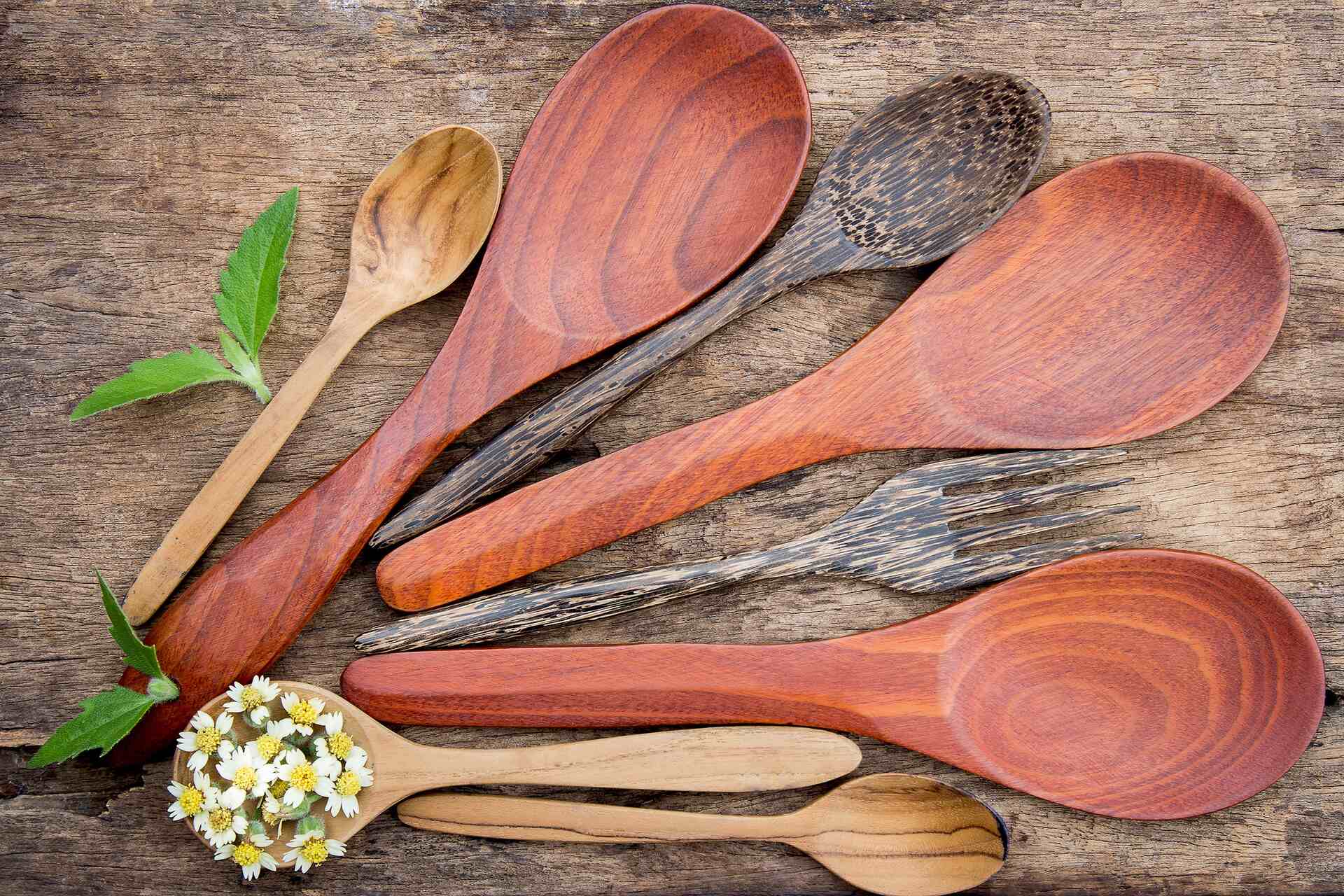
Utilize Organizers and Dividers
Combat the moving anxiety with innovative organizational solutions within your boxes. Utilize organizers and dividers to keep forks, spoons, and knives separate and secure. Adjustable dividers or foam inserts can be valuable assets in creating customized compartments, ensuring items stay snug and reducing the risk of damage during the relocation. Using these space-saving tactics, you can optimize your packing and keep everything well-protected throughout the journey.
Don’t Forget About Labeling
While preparing to move abroad, labeling becomes an often-overlooked yet invaluable step in your packing process. Clearly label each box containing your kitchenware, detailing its contents on the outside. This small but effective measure speeds up the unpacking process and helps you find what you need in your new kitchen swiftly. Staying organized with proper labeling will ease your relocation experience and set the foundation for a stress-free start.
By employing these diverse and creative boxing-up techniques, you can package your forks, spoons, and knives for an international move with confidence and ease. Not only will your kitchenware remain safe and sound throughout the journey, but you’ll also arrive at your new destination excited to explore the flavors of your new home. Happy packing and bon appétit!
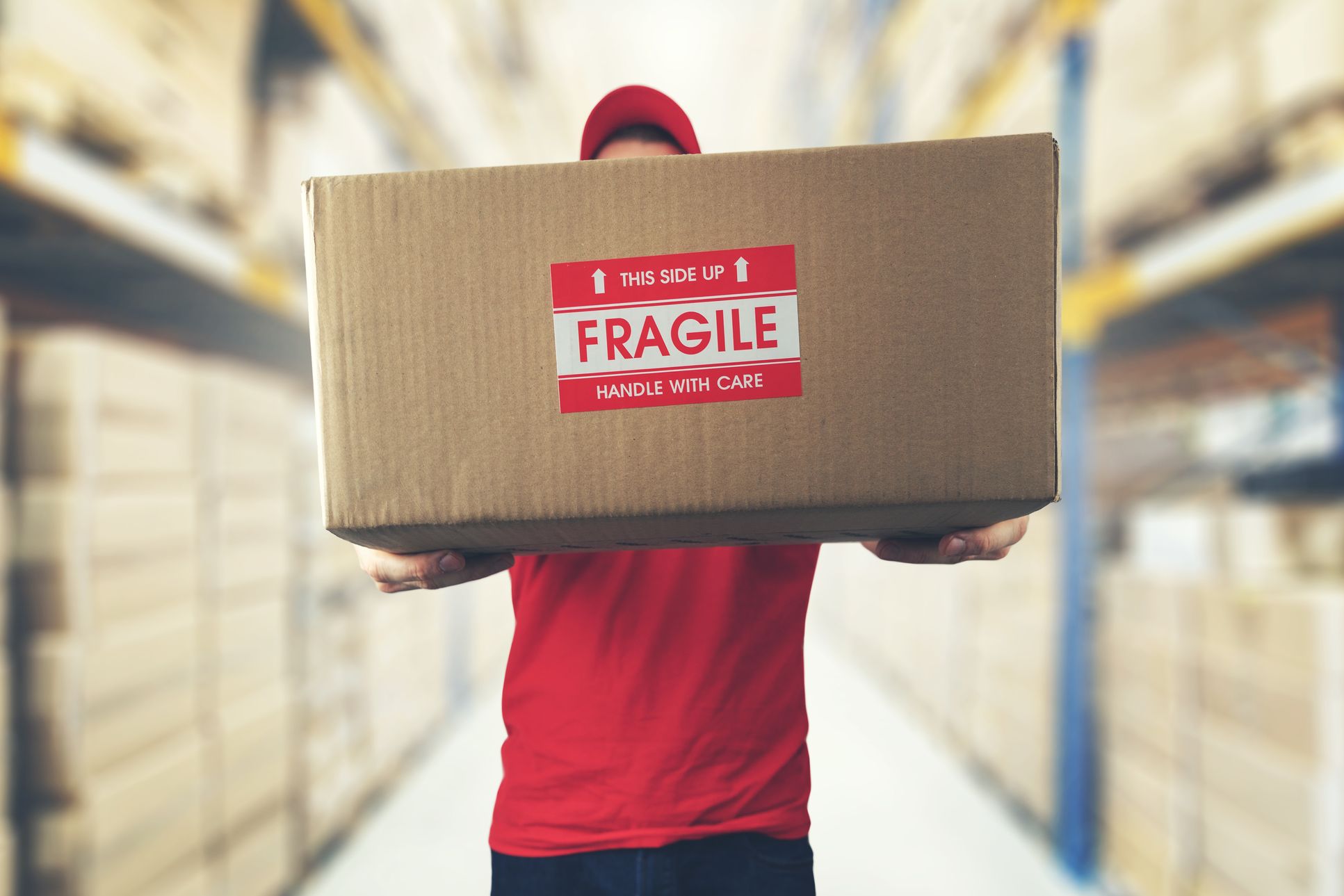
Can’t Figure Out How to Pack Kitchen Utensils for Moving? Hire International Movers to assist You
If you’re feeling overwhelmed and can’t figure out how to pack kitchen utensils for your international move, there’s a brilliant solution at hand – hiring professional international movers! These experts offer specialized services tailored to ease your relocation worries, making the entire process seamless and worry-free.
An international moving company will ensure your kitchenware is well-taken care of during transit. International movers provide various options, including moving by sea, which is a cost-effective and secure way to transport your belongings.
Moreover, an overseas moving company offers comprehensive packing services with movers carefully wrapping each utensil and handling delicate items with utmost care. Entrusting your kitchenware to skilled professionals allows you to focus on other aspects of your relocation while the movers take care of the intricate details.
Follow Our Instructions and Everything Will Be Boxed Up in No Time
Packaging for an international relocation doesn’t have to be a difficult task. By following our expert instructions, you can ensure that everything will be boxed up efficiently and securely, ready to embark on your seamless journey. If you feel overwhelmed or simply want an easy experience, consider reaching out to I Love International Moving, the leading overseas shipping company.
With our top-notch shipping overseas services and packing expertise, you can rest assured that your kitchenware will be in the hands of professionals. So, don’t hesitate to contact us for a worry-free relocation, and let us handle the logistics while you look forward to your exciting new chapter ahead!
FAQ
It’s crucial to be aware of potential restrictions on importing kitchenware to your new country. Some nations may have specific regulations concerning the import of certain materials or items made of animal products or materials considered hazardous. To avoid any issues at customs, check the customs and import guidelines of your destination country.
Start by washing each utensil with warm, soapy water to remove any residue or food particles. Pay extra attention to the handles and crevices. After cleaning, ensure they are completely dry to prevent rusting during transit. Allow sufficient time for air-drying, or use a clean, soft towel to dry them individually.
Yes, it’s advisable to disassemble everything with detachable parts before packing them for an international relocation. For instance, knives with removable blades or any other piece with detachable components should be carefully separated and packed individually. This precaution prevents potential damage and ensures the safe transportation of your kitchenware.
To protect forks, knives, and spoons from damage, proper packing materials and techniques are essential. Individually wrap each utensil with bubble wrap or packing paper to provide a cushioning layer. Group similar items together and use organizers or dividers within boxes to prevent clashing and shifting. Choose sturdy boxes or containers capable of withstanding international shipping.
It’s generally advisable to package everything separately from other kitchen items. By packaging them individually or grouping similar items, you reduce the risk of damage and make unpacking more organized. Mixing some pieces with heavier or bulkier kitchen items might cause them to rub against each other, resulting in scratches or potential breakage.
Ensuring the safety of sharp spoons, forks, and knives during the packaging process is crucial for your safety and the protection of other items. Use blade guards or covers for sharp knives and peelers to prevent accidents and protect the belongings.
Yes, specific packaging materials are recommended for forks, spoons, and knives to ensure their protection during transit. Use bubble wrap or paper to wrap individual pieces, providing a cushioned layer to prevent scratching or chipping. Invest in sturdy boxes or containers that can withstand the rigors of international shipping.
Yes, it’s a good idea to label the boxes as “fragile.” Even though these belongings are generally sturdy, delicate items like glassware or ceramic dishes might be included, and the “fragile” label alerts movers and handlers to exercise extra care during transit.
When shipping anything internationally, you’ll need to provide certain documentation for customs clearance. This typically includes an inventory list of all the belongings you are shipping, along with their respective values. Additionally, you might need to fill out customs declaration forms, specifying the contents of the shipment and declaring any dutiable items.
To organize and label utensil boxes for easy unpacking and access, start by grouping similar items. Use clear and descriptive labels on each box, indicating the contents inside. For instance, label one box as “Cutlery,” another as “Cooking Utensils,” and so on. Consider color-coding the boxes for even quicker identification. Place essential items like everyday cutlery in a separate box marked as “Open First” to access them immediately upon arrival.
When moving internationally, it’s essential to consider the local culture and cuisine of the new country before deciding which items to bring. While sentimental and essential kitchenware should make the journey with you, consider the local culinary practices and availability of utensils in your destination. Some forks, knives, and spoons may not be common or may have alternatives readily available in your new country.
Yes, different countries may have specific customs or regulations regarding the import. Some nations may restrict the import of certain materials, like wooden or bamboo spoons, forks, and knives, to prevent the spread of pests. Additionally, there might be regulations on the import of kitchenware made from endangered animal products.
Shipping them internationally through postal services is possible for smaller quantities. However, for a significant number of kitchenware items, delicate pieces, or a comprehensive kitchen setup, it’s advisable to use a specialized shipping service. International movers have expertise in handling fragile items and can offer tailored packaging solutions for your kitchenware.
The time it takes for kitchenware to arrive at the destination country during an international relocation can vary depending on various factors. Shipping by sea can take several weeks, while air freight is usually faster, taking a few days to a week. Customs clearance and potential delays can also influence the total transit time.
Yes, you can insure all items during the international relocation. Reputable international movers often offer insurance options for your belongings, including kitchenware. Insuring your kitchenware provides financial protection in the event of damage or loss during transit.
If anything is damaged or lost during transit, immediately notify the international movers or shipping company. Document the damages with photographs and keep all relevant paperwork, such as the shipping receipt and insurance details. File a claim with the company to initiate the reimbursement process for any damaged or missing items.
Disposable kitchenware is meant for one-time use and can generate a significant amount of waste. Instead, consider bringing your own durable and reusable pieces. Opt for essential and versatile items that align with the local cuisine and culture of your destination.
Aside from traditional shipping methods, some alternative options for transporting items internationally include freight forwarding services and consolidated shipping. Freight forwarding companies specialize in managing the logistics of international shipping and can offer more flexibility in shipping options.
Yes, you can package them in your checked luggage when flying to the new country. However, it’s essential to check the airline’s policies on carrying utensils to avoid any issues during security checks. Package kitchenware securely to prevent damage, and consider wrapping sharp items or placing them in a separate container to ensure safety during baggage handling.
Deciding what to donate or sell before relocating depends on your circumstances and the sentiment attached to the items. If you have kitchenware that you no longer use, or duplicates, consider donating them to local charities or organizations like The Salvation Army or Goodwill.




